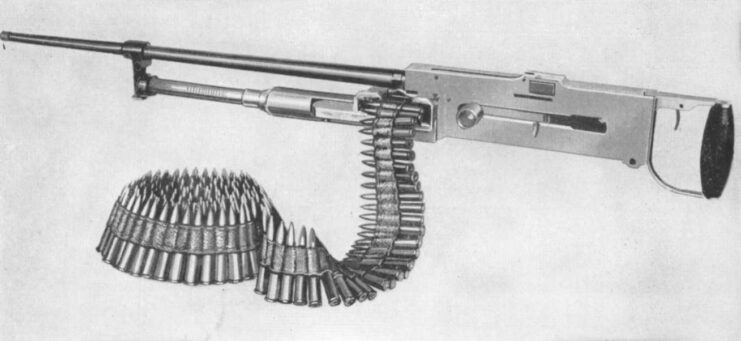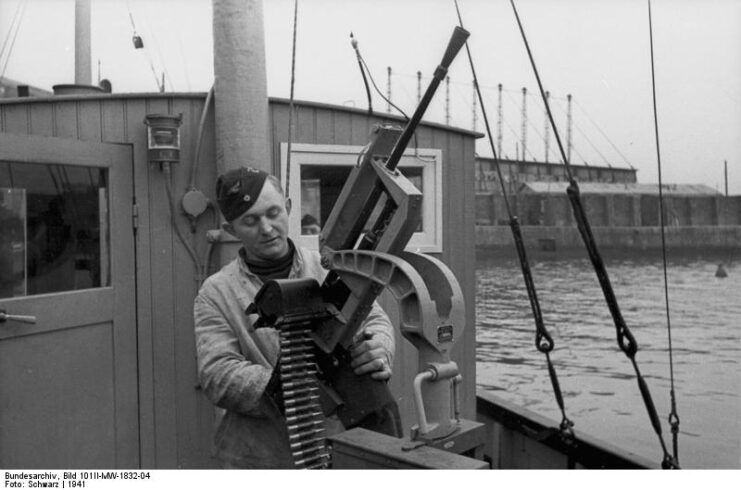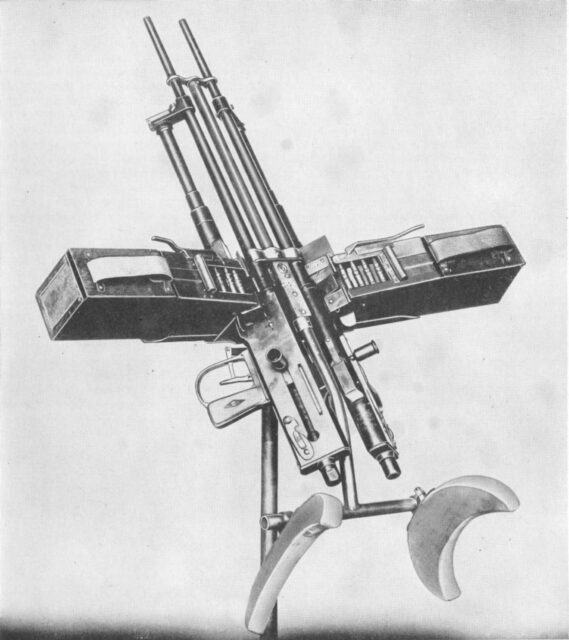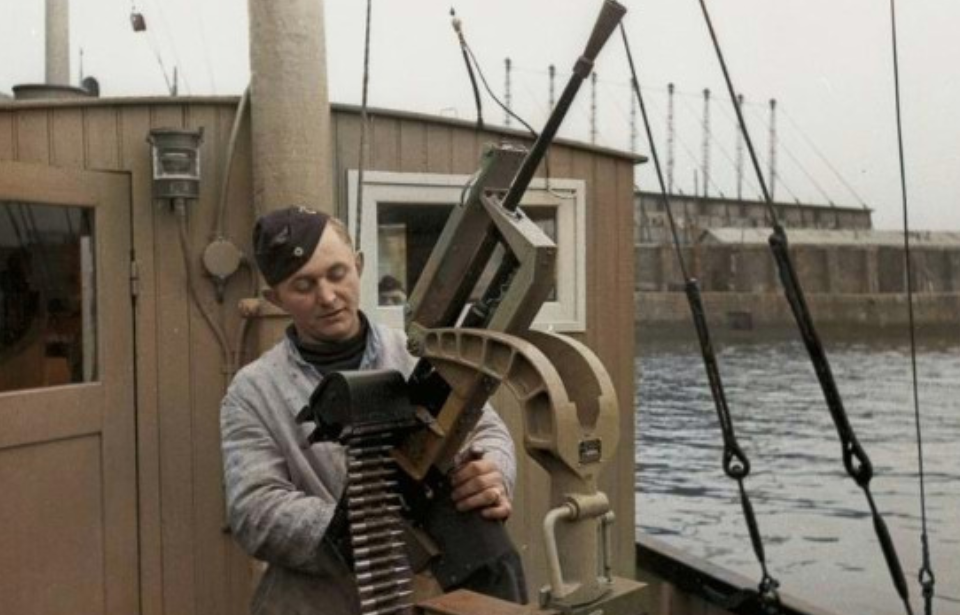Of the many weapons created at the end of the First World War, the Darne machine gun is certainly one of the less popular. It saw little time in combat before the conflict ended, and by the time the Second World War began, there were many better options. The gun was created with a unique design in mind – not only did it have an unusual belt system, it could be used as both a ground and aerial weapon.
Development of the Darne machine gun

In 1916, the Darne Company, run by Régis and Pierre Darne, announced it was going to throw its hat into the ring and create its own machine gun. The primary goal was to ensure it could be manufactured very quickly and put out into the field just as rapidly.
The design presented a simple gun with none of the refined exteriors that many other weapons had. It might not have been pretty, but it certainly performed. A 1932 test determined it worked perfectly, even at high altitudes in cold temperatures. It also meant Darne could produce the gun at a much lower cost than other companies. while still making an efficient weapon.
The first units were sent to the French Army in 1917. This evidently went well, as the service placed an order for more in August 1918. Unfortunately for Darne, the war ended and the order was canceled.
The Darne machine gun featured a unique design

The feature that made the Darne machine gun so unique was its belt feeding system. Unlike most others, the feed was situated below the barrel and above the gas piston. It might seem like this choice would serve a purpose, but it really didn’t. This unique layout provided no advantage, but seemingly no disadvantage either. It used the two-stage system, with the cartridge withdrawn to the rear before being pushed into the barrel.
Parts of the design were adapted by other companies. The tilting bolt, for instance, was used on the experimental MAS 1928 rifle.
The earliest version of the Darne was designed to fire 8 mm Lebel and .303 British cartridges, but was updated soon after to chamber the standard French military 7.5 mm round. It could fire at a rate of 1,100-1,200 rounds per minute, with a maximum range of 500 meters, accurate to 200 meters.
Use on land and at sea

Just because Darne lost its government contract didn’t mean the company stopped work on the machine gun. Instead, in the 1920s and ’30s, it worked to make a variant that could be used while mounted to an aircraft. Another version was meant to be used while mounted to different infantry vehicles.
While the aircraft version saw some success in the interwar period, it was eventually replaced by the MAC 1934. Ultimately, the Darne’s downfall was that its bullets were just too lightweight for aerial combat. As for Army use, when the Second World War began, there were better options on the market, so it wasn’t widely equipped.
More from us: M1903 Springfield: The World War I-Era Rifle That Continues to See Service With the US Army
That being said, the Darne was used by the Germans when taken from the enemy. They gave it the codename “leMG 106 (f),” and used it as part of their extensive fixed defenses around the Channel Islands and Normandy. Lithuanian, Italian, Spanish, Brazilian and Yugoslavian troops also purchased the machine gun in small numbers.
